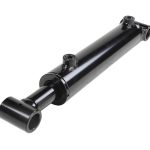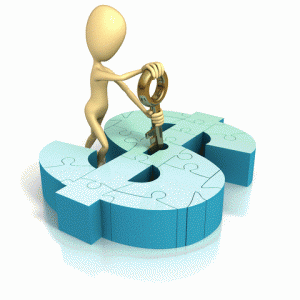Seal maintenance for linear actuators is an important part of preventive care. It helps to keep pressure inside the system and stops performance loss. Proper attention to seals also prevents serious equipment failure. They keep the system closed and safe under pressure. When seals are not maintained, small leaks start and grow into major problems. Resources northernhydraulics.net technical guidance on seal selection, maintenance intervals, and replacement procedures, helping operators maintain cylinder reliability through systematic seal care programs that prevent costly failures and extend equipment service life.
Pressure containment critical
Hydraulic seals keep pressure inside the system and hold the fluid in a fixed space. They help to create force by stopping the movement of fluid between different parts of the cylinder. Piston seals prevent fluid from passing between the cap side and the rod side of the cylinder. This makes sure that the full pressure acts on the piston surface so that no pressure moves to the other chamber. Rod seals hold the fluid inside the cylinder and stop it from leaking outside. This keeps the system pressure steady and also prevents the loss of costly hydraulic oil. The pressure containment function remains essential for basic cylinder operation, as even minor seal degradation allows fluid bypass, reducing available force output.
Information from technical resources emphasises that seal integrity directly determines cylinder performance, where compromised seals cause progressive force loss culminating in complete functional failure when leakage equals pump flow, preventing any pressure buildup. Wiper seals exclude external contamination while retaining a thin oil film on rods, lubricating rod seals during reciprocation. The layered seal arrangement creates redundant barriers where multiple sealing elements protect against pressure loss and contamination ingress. Primary seals handle pressure containment while secondary seals provide backup protection and contamination exclusion. Proper maintenance ensures all seal elements function correctly, maintaining system integrity.
Contamination barrier protection
External rod seals prevent dirt, dust, moisture, and debris from entering cylinders during rod retraction. The contamination exclusion protects internal components from abrasive particles that would accelerate wear. Sand or grit entering past damaged rod seals acts as a grinding paste between pistons and cylinder walls, causing rapid scoring. The surface damage creates permanent leak paths that new seals cannot effectively seal, requiring expensive cylinder reconditioning.
- Dust contamination from construction sites or agricultural fields
- Moisture ingress causing internal corrosion and rust formation
- Chemical splash from industrial processes attacking internal surfaces
- Metal particles from external equipment wear entering cylinders
- Biological growth in moisture-contaminated systems clogs passages
Water contamination through failed seals causes rust on piston rods and internal surfaces. The corrosion creates rough patches that damage seals during every stroke, accelerating degradation. Chemical contaminants attack internal seals, rod coatings, and metal surfaces, causing widespread damage. Proper seal maintenance maintains a contamination barrier, protecting expensive internal components from environmental exposure that would otherwise necessitate complete cylinder replacement. Hydraulic cylinders need proper seal maintenance for pressure containment, ensuring force generation, performance degradation prevention, maintaining efficiency, contamination barrier protection, preserving internal components, cost savings through preventive care economics, and system longevity, maximising equipment life. These seal functions prove critical for reliable cylinder operation.














